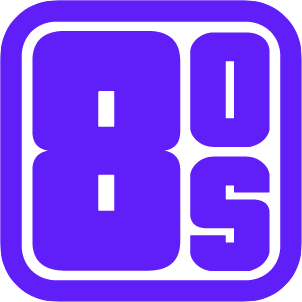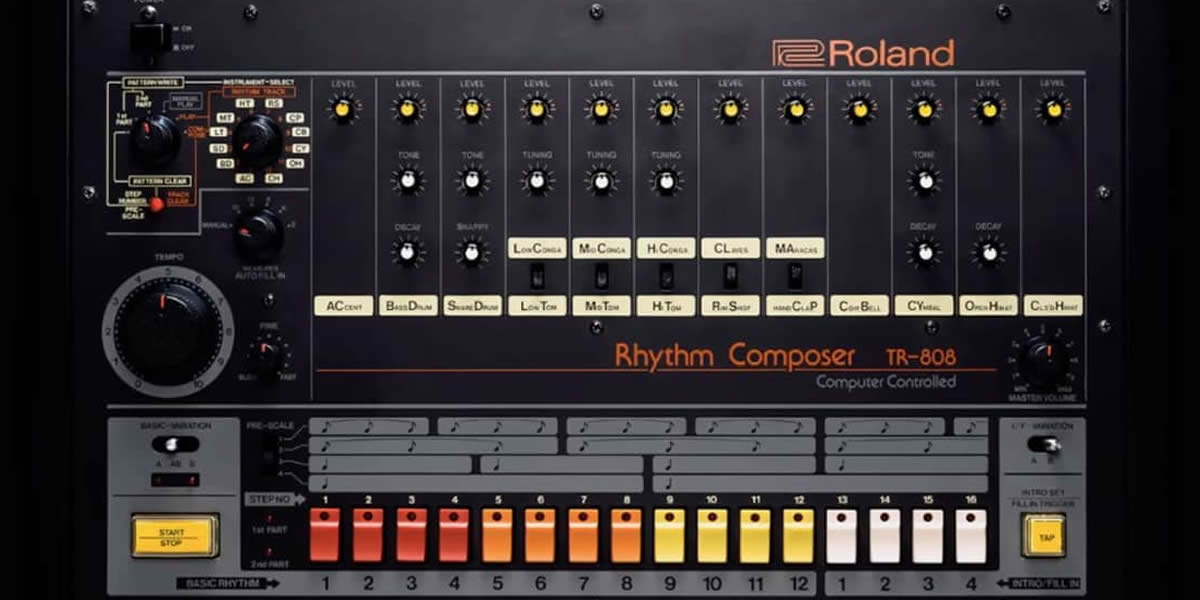While the Nintendo Entertainment System was a staple in every home during the mid-80s, the Sega Genesis’ changed all of that, spurring the 80s console wars.
After the 1983 video game crash, Nintendo controlled the industry for most of the decade. However, in 1988 the Sega Genesis was released in Japan, and it was an instant success. The following year, the system was introduced to the North American market, which spurred the 80’s console wars. Thanks to its faster processing and amazing graphics, the Sega Genesis became an iconic symbol of the gaming revolution.
The Video Game Boom and the 80s Console Wars
The 80s video game industry underwent a major transformation. The decade started with arcades being the most popular choice of gamers around the country. While the popularity of the Atari 2600 and the subsequent release of the Atari 5200 helped to bring video games into the home, the substandard quality games that were being developed for the Atari systems resulted in the 1983 video game crash.
For the next 2 years, gamers continued to go to the arcade to play their favorite video games until the release of the Nintendo entertainment system in 1985. The higher quality games and Nintendo’s seal of quality helped to reinvigorate gamers into purchasing an 80s videogame system. And for the vast majority of the late 80s, Nintendo held a monopoly over the industry. That was, until 1988 when the Sega Genesis entered the arena.
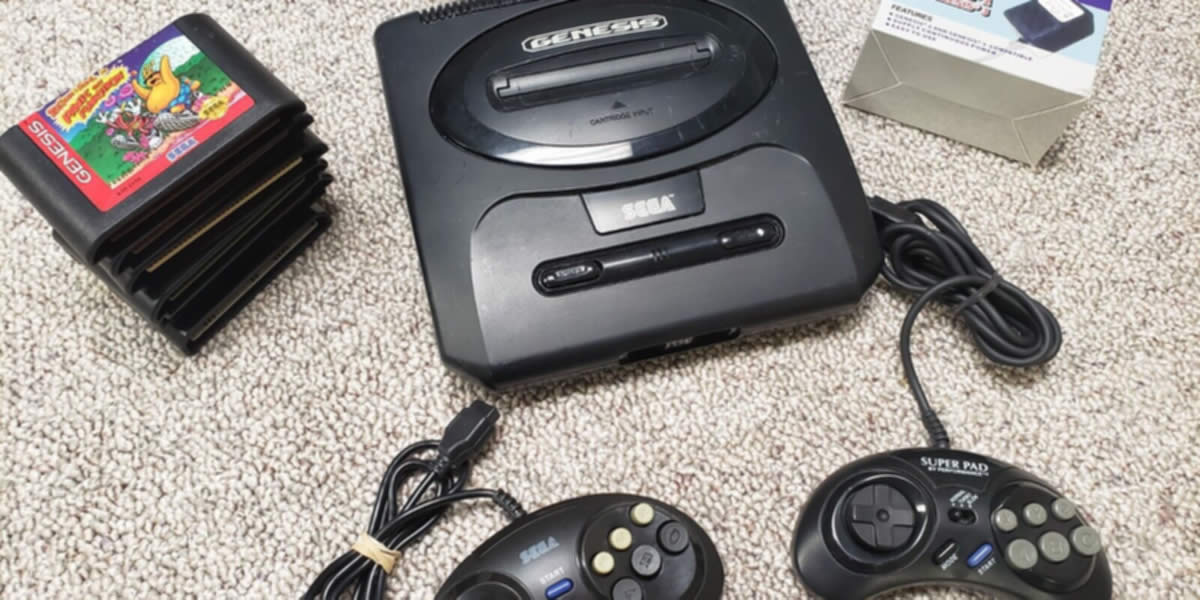
What Made the Sega Genesis Successful
Thanks to its superior graphics, sound, and processing capabilities, the Sega Genesis quickly became an iconic symbol of the gaming revolution.
16-Bit Graphics
Perhaps one of the most significant innovations that the Sega Genesis brought to the industry was its 16-bit processor. From 1985 until 1989, Nintendo dominated the industry with an 8-bit system. This technological leap allowed gamers to enjoy faster gameplay, more detailed graphics, and of course, smoother animations. Sega set a whole new standard for 80s video game systems. The technical capabilities allowed developers the ability to create amazing games with richer storylines, complex levels, and visuals that pushed the boundaries of what gamers had come to expect from the available home consoles of the day.
When coupled with the enhanced sound quality, the Genesis was able to produce a more immersive soundtrack that felt as if it was bringing the arcade into the home. These dynamic soundtracks became a hallmark of many of the Sega titles including the music that was used in games like Sonic the Hedgehog. This technical superiority was crucial to its success against Nintendo’s monopoly. It also resulted in a bitter rivalry between the two video game console developers.
Sonic the Hedgehog and the 80s Console Wars
During the late 80s, you had titles like Ms. Pac-Man, Twin Cobra, and Lakers Versus the Celtics and the NBA Playoffs that were very popular. However, it was not until 1991 that Sega introduced its answer to Nintendo’s popular mascot Mario. The fast, blue hedgehog with an attitude found its way into homes across the country in 1991, signaling the start of the Mascot wars. The mascots help to elevate the popularity of the two competing video game systems.
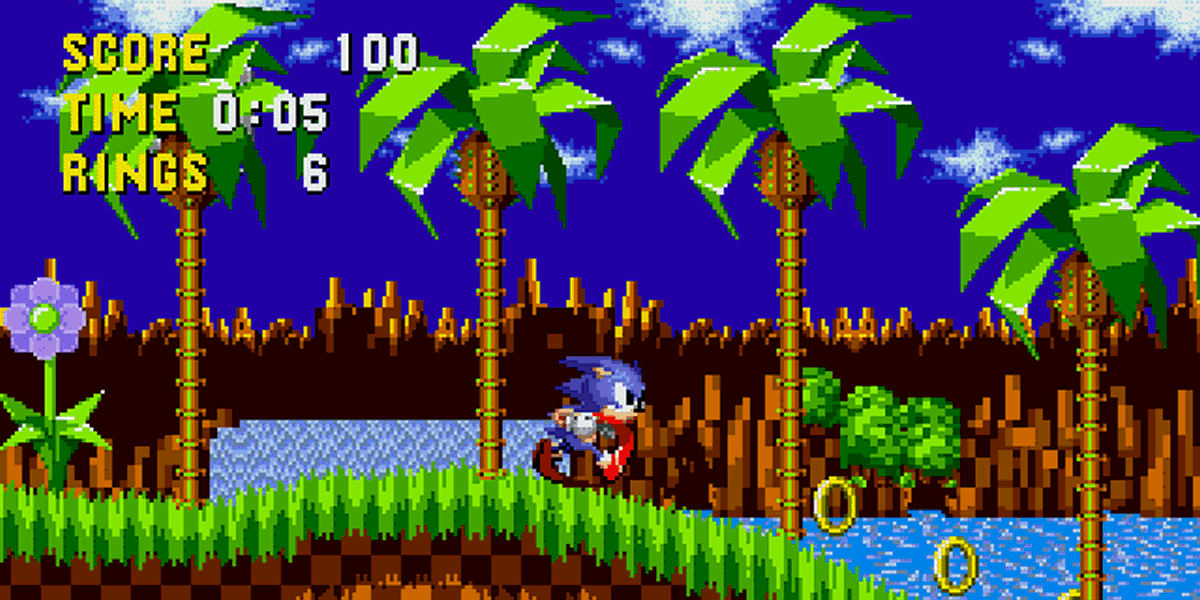
Sega vs. Nintendo – The 80s Console Wars
Without question, there was a huge rivalry between Sega and Nintendo during the late 80s and into the early 90s. Also known as the 80s console wars, the two highly competitive video game systems began an aggressive marketing campaign that singled out and focused on the more rebellious teens of the era. One of the more famous slogans used by Sega was, “Genesis does what Nintendon’t.”
This intense rivalry spurred innovation from both sides, leading to some of the most popular teams in video game history. During this time, Sega saw how exclusive game licenses with major sports names created games like NHL Hockey and Madden NFL, which were appealing to older kids and younger adults. While Nintendo continued to focus its attention on a broader spectrum of games that was appealing to most families, the Sega was the go-to console for action and sporting titles.
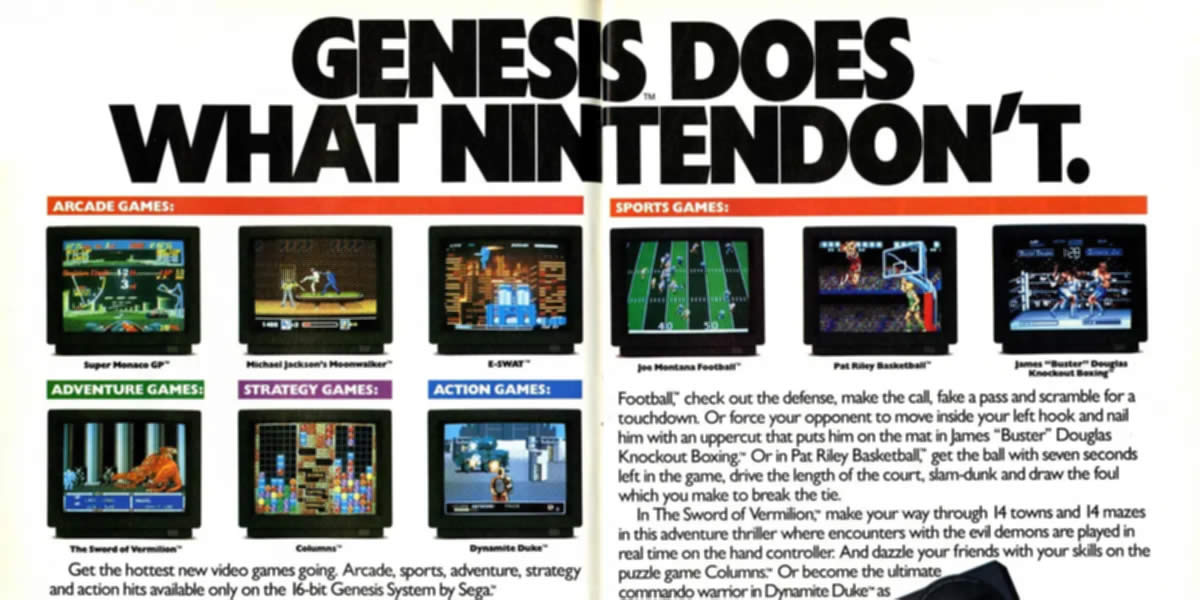
The Development of the Sega Genesis
One of the key figures in the development of the Sega Genesis was Yuji Naka, who was responsible for the creation of Sonic the Hedgehog. The innovative programming helped the game take full advantage of the Genesis capabilities. In the end, it created one of the most successful video game franchises of all time. Even today, sonic and Mario are some of the most recognizable icons of the 80s console wars.
Of course, Sega wouldn’t have been as popular if it weren’t for their aggressive marketing strategies. And it was CEO, Tom Kalinske, who developed these strategies for the North American market. He was able to successfully position the Genesis as the coolest console in the United States. His leadership throughout the 80s console wars is what gave Sega the edge over Nintendo and allowed it to secure a foothold in the highly competitive gaming market.
The Gaming Generation
The cultural impact of the Sega Genesis went well beyond its games and hardware. It helped to redefine the entire video gaming industry. The Sega Genesis and its games pushed the envelope and marketing technological advancement and seamless gameplay. The existence of the 80s console wars created an entirely new level of engagement. Fans began to rally behind their preferred brands just like they would sports teams. This rivalry led to the creation of even better games on both sides. And it drove the rapid technological advancements of the early to mid-90s.
Even today, the legacy of the Sega Genesis continues to live on. Its influences can still be seen in popular culture. Games have been released over the years in various formats and the Genesis itself is also available as a mini console. Even Sonic the Hedgehog continues to thrive in games, TV shows, and movies. He is a global gaming icon all in his own right.
And, the innovations, technology, and marketing that were pioneered by Sega during the 80s, laid the groundwork for the future of the entire industry. The Sega Genesis’s success proved that competition in the gaming industry can spur creativity and innovation. That principle continues to drive the gaming industry today.
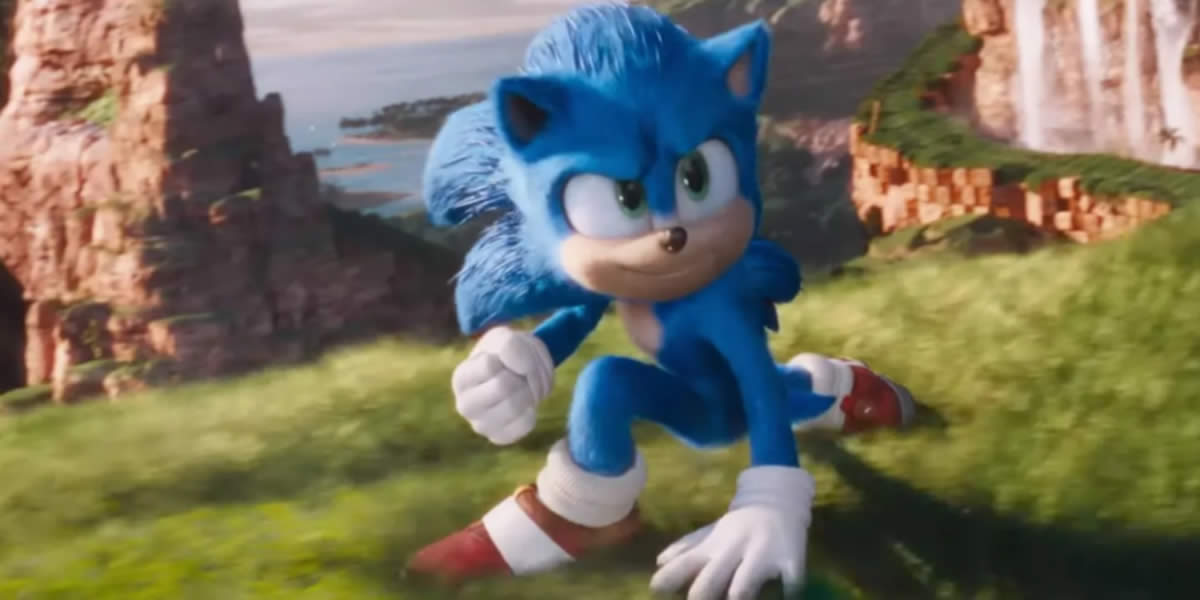
Conclusion
The Sega Genesis was without a question, a groundbreaking console. It now only defined gaming during the 1980s, but it left a lasting legacy on the video game industry. Its mere existence resulted in the 80s console wars, and helped to spur technological advancements that would never have existed if Nintendo retained its monopoly over the industry. The iconic characters and official licensing with major sporting brands allowed the Sega Genesis to develop into one of the most iconic brands of the 80s and 90s.
